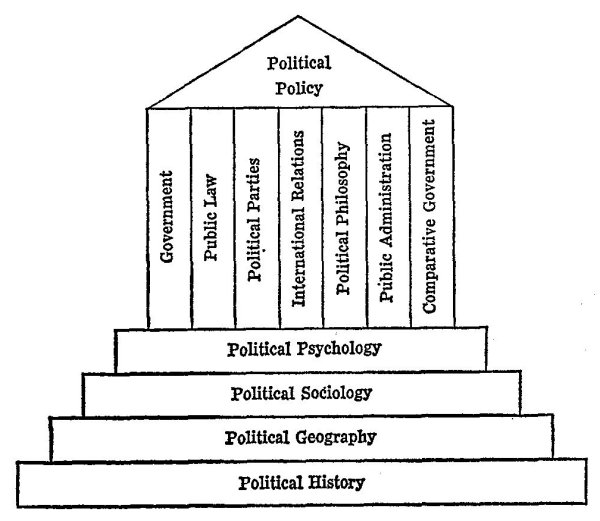Interest Groups and Politics
The word interest by first instance we know it
something that will attract a person, or a group. After seeing the tittle of
the chapter we know that interest groups and politics have something in common.
Yet in politics candidate and government officials are supported by different groups
that as a goal are to obtain social power. The term interest group refers to any
voluntary association that looks after public promotion and creates advantages
for its cause. Political parties could not be held if it was not by their
interest groups that they are supported by.
Some are organized with the purpose of lobbying
governmental officials on behalf of one or another cause. For instance, the
Sierra Club in the United States. It’s an organization that lobbies for the preservation
of wilderness areas. Other groups may be organized primarily for other purposes
but take on lobbying and other ways of influencing policy as an important task.
A university is a clear example of this. Their primary
goal is to educate students and conduct research but is likely to maintain one
or two people to affect the government on bills that concern it.
There is a high number of interest groups in a modern
state, so many that it is considerably hard to count them. Interest groups are
not confined to democracies or open societies. Every single state has interest
groups. Some do not permit a wide diversity of formally organized, politically
active groups to exist, since this would seem threatening to their governments.
However, even in such states, organizations set up for
other purposes. For instance, institutions such as the army, universities,
scientific associations, sports clubs, natural history clubs, and factories
exert political influence to held mold the government policies.
Interest groups are probably the main vessel in most
states for representing public opinion and bringing it to bear in an organized
way on the governmental authorities. Political parties cannot do this very
well, because they are involved in trying to acquire governmental power for
themselves.
Perhaps the most universal and significant break
between groups that are readily organized and those that are difficult to
organize is represented by producer interests and consumer interests.
A producer interest is any group of people involved in
producing some good. For any product, there may be a few producer interests: a
corporation, a trade union, and one or more professional organizations.
On the other hand, a consumer interest group is a
group of people consuming a product. Most people who share in consuming a
product are not formally organized, that is why it is hard to provide examples
of these.
Producer interests are always easier to organize than
consumer interests since their interest is more focused on certain thing. This
is something that happens all over the world. As a result, the government
policies favor greatly the producers. Some interest groups can speak strongly
and confidently as representatives of their interest, and they are listened to
with respect.
The internal structure of interest groups is not very
democratic; therefore, there is a real danger that their leaders may gradually
drift away from the ordinary members and follow their own political line.
Democratic accountability to the membership could prevent this, but in its
absence, there is little to keep it from happening.
There are three mayor types of interest groups. They
are the following: sectorial, institutional and promotional interest groups.
The sectorial groups are those that represent a sector
of the economy. For instance a corporation, a union, an association of members
of a profession, or, less frequently, a consumer groups. Sectorial groups are usually effective. They
also dominate most interest group systems.
The second type of interest group is institutional.
They are set up primarily for purposes other than political activity and would
certainly existed if they did not deal with politics; they become politically
active only to defend their own interests in the state’s decisions.
Finally, the promotional groups, they organize around
an idea or a point of view to support ethnic groups, foreign positions or
religious values. They have increased throughout the decades around the world.
Without the need of an interest group we have a lack
of a well-supported government. With the help provided from the interest group
and the government, a favor for favor is their main goal. Throughout this
process is how interest groups obtain their power from government and influence
in decision making of policies and creation of laws. Interest groups for the
most part are benefited economically. Interest groups
Interest groups







